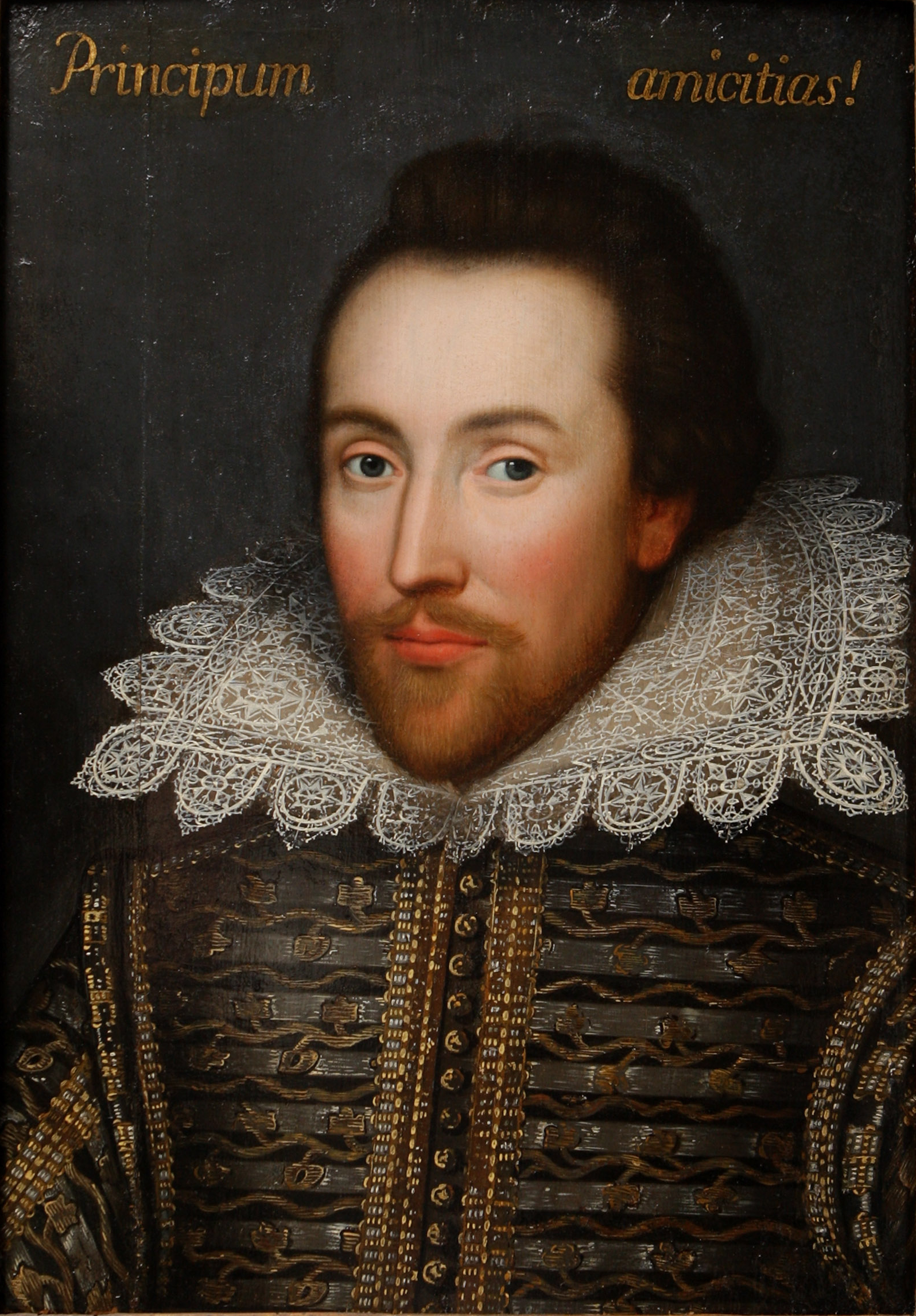
- This course has passed.
Look Here Upon This Picture: How Shakespeare’s Plays Have Been Inspirational For Painters
11 January 2023 - 15 March 2023
10.45 – 12.45 Wednesdays
£66.00 – £550.00

Description
“Look Here Upon This Picture”, Hamlet’s demand to his mother that she hold his dead father’s picture in one hand and new husband Claudio’s in the other, becomes our cue for a weekly opportunity to compare works of art inspired by Shakespeare by walking through each picture’s frame and into his plays. In painting after painting, we will see how artists have felt driven to recreate the enduring charisma of the Bard’s most famous characters and the excitement of his plot-lines, and so celebrate the dramatic turning-points in some of his greatest plays, which changed lives then and have done so ever since for theatregoers and readers alike.
“I think Graham Fawcett is a most unusual and outstanding lecturer, with an exceptionally broad frame of reference and a refreshing fearlessness in making links”
Course Outline
11 Jan 2023 – Visible Thoughts, Invisible Secrets (Hamlet 1)
If you do the ghost, how do you do him? Artists let loose on Elsinore seem as keen to show us what the prince himself looked like as they are to visualize his dead father. And then there’s the murder, the landscape, the play-within-a-play to take or leave. Manet and Delacroix are on the case, along with William Blake, Henry Fuseli and Eric Gill.
18 Jan 2023 – First Behind The Arras Of The Mind, Now Out In The Open (Hamlet 2)
A sword-thrust through a curtain and a fight with poisoned rapiers, even the death of Hamlet himself, are often brushed aside in the stampede led by Rossetti and Millais to capture Ophelia in the brook. Has art’s agenda taken over here? And what about the enigma, for art, of the madness, and the graveyard, beside another crack at the ghost . . .
25 Jan 2023 – “Wing’d Cupid Painted Blind” (A Midsummer Night’s Dream)
To do faery in style, you have to sail close to the wind of sentiment and risk the rocks of kitsch. Blake and Richard Dadd are In a Dream team of their own, Arthur Rackham in a world apart, and Reynolds, Singer Sargent, Fuseli and Landseer robustly in the picture to explore the human and non-human relationships which Shakespeare is playing with.
01 Feb 2023 – “Come Unto These Yellow Sands” (The Tempest 1)
Banishment, shipwreck, revenge, enticement and love on a strange island, what more could artists want? And what did Prospero look like before he was ever Gielgud? Plot and cast-list provide gifts and pitfalls aplenty as painters (Thomas Jones and Waterhouse among them) and illustrators grapple with the demands of a theatrical magic-book.
08 Feb 2023 – The True Natures Of The More Or Less Than Human (The Tempest 2)
Just as readers thrill to imagine an appearance by the owner of the footprints in Treasure Island, so they relish a flying spirit and famous local savage in this stirringly un-geographical location. William Hogarth, Henry Fuseli and Edmond Dulac have a hotline to Prospero’s Island, with Richard Dadd, Angelica Kauffmann and William Hamilton in pursuit.
15 Feb 2023 – The Barge She Sat In, Like A Burnish’d Throne (Antony And Cleopatra)
Is that barge moment the one every painter will go for? Some have, but the historical record of this most beautiful of women inspires other options – the marriage to Mark Antony, the pearl in the goblet, the Battle of Actium, and the little matter of the asp. Tiepolo and Alma-Tadema star, with Van Dyck, Claude and Gustave Moreau.
22 Feb 2023 – O Swear Not By The Moon, The Inconstant Moon (Romeo And Juliet)
We are going to have expectations, and they are sure to include youthfulness, balconies, and death. Shakespeare’s play has a cast of two families, but should this most isolated of couples ever be painted in the company of others? Ford Madox Brown and Frederic Leighton have firm views. So do Turner, Millais and Benjamin West.
01 Mar 2023 – From Thunder And Lightning To The Death Of Banquo (Macbeth 1)
In this darkest of Shakespeare’s imaginings, how do you achieve definition? Borrow the bard’s own is the ringing answer. So painters take an excoriating interest in Lady Macbeth, who (just) outstrips the witches for visual impact. Corot braves the benighted castle here with eyes wide open, and Blake, Sargent, and Fuseli are no less intrepid.
08 Mar 2023 – From Banquo At The Banquet To ‘Hail, King Of Scotland!’ (Macbeth 2)
Having been given a ringside seat for Banquo’s big moment at Macbeth’s benighted supper-table, we find the French artists relishing another visit to the witches. But will anyone dare show us Birnam Wood moving to Dunsinane? And what about Macbeth’s take-away head? Delacroix, Moreau, Chassériau, Reynolds and Rossetti lead the pack.
15 Mar 2023 – “That Handkerchief Which I So Lov’d And Gave Thee” (Othello)
Envy, paranoia, racism and virtue make such a heady brew, painters must have asked themselves how on earth oils can convey the abstract power these words and actions have. And should Iago be invited to appear in any Othello group portrait ? French artists like Delacroix, Chassériau and Colin lead the field in watching the tragedy unfold.